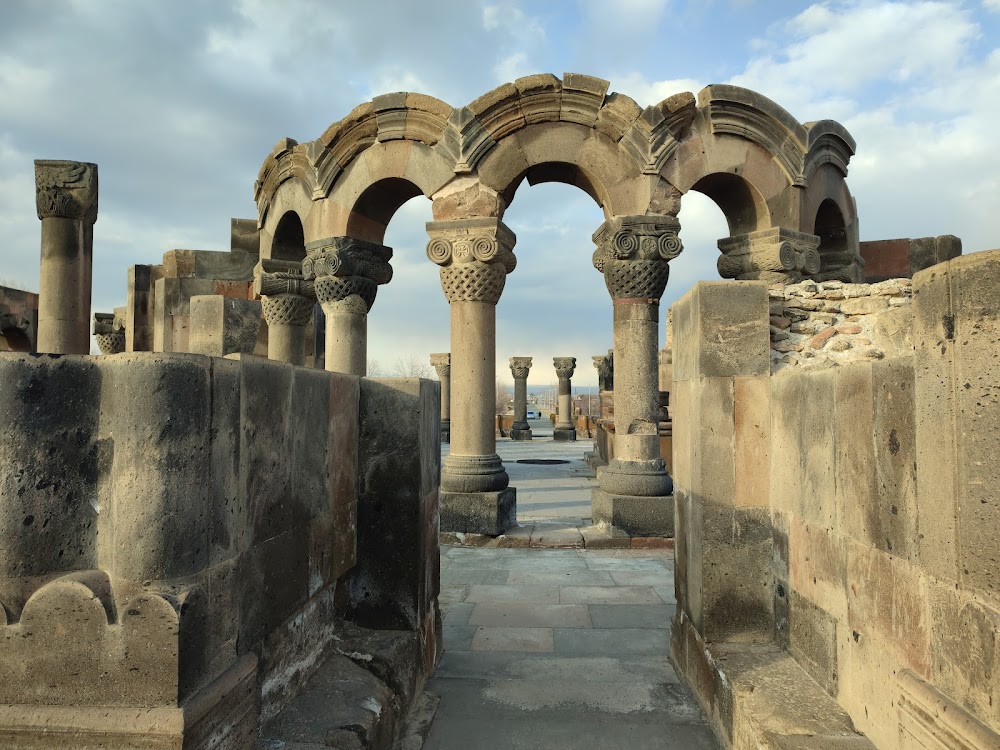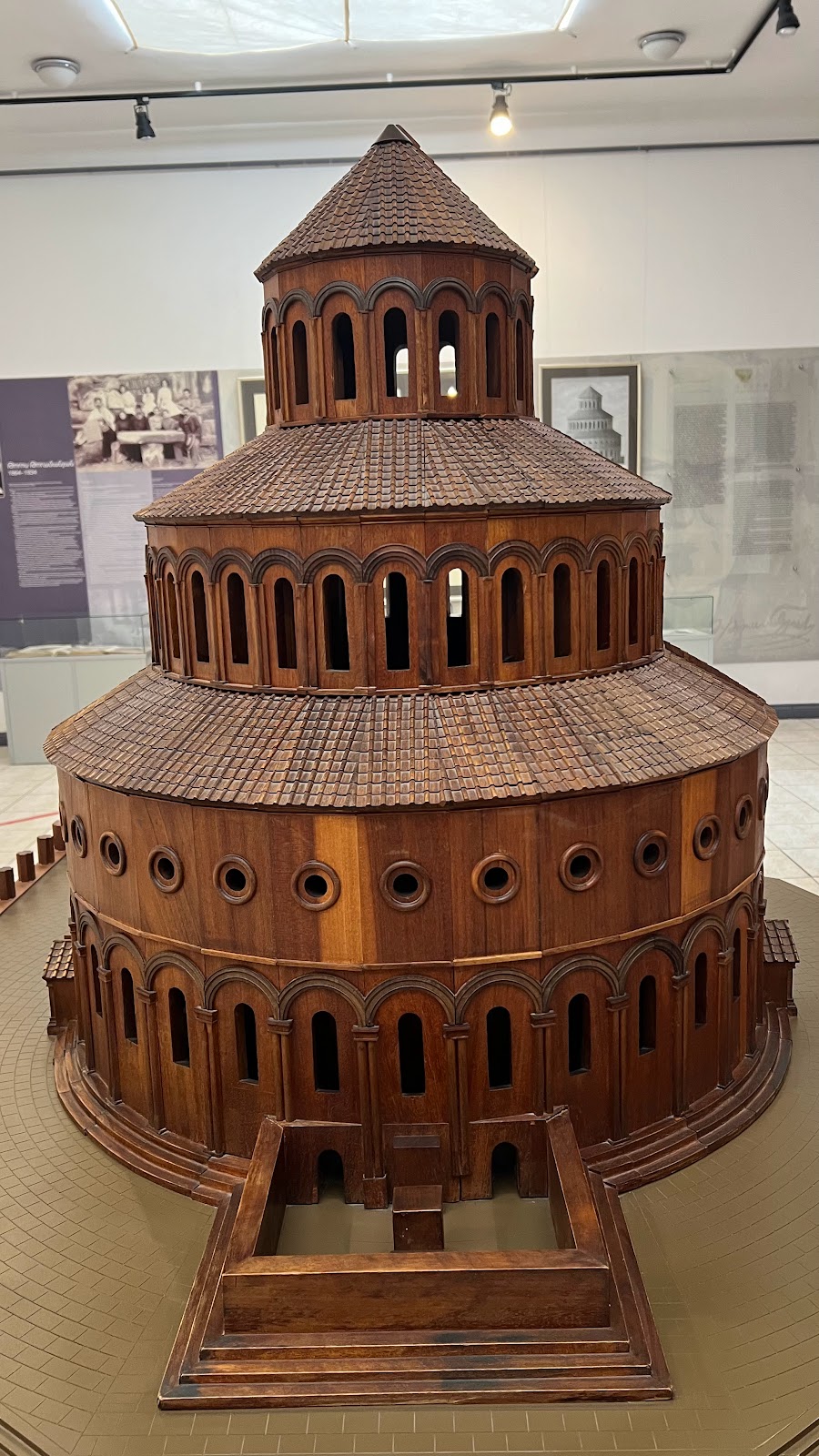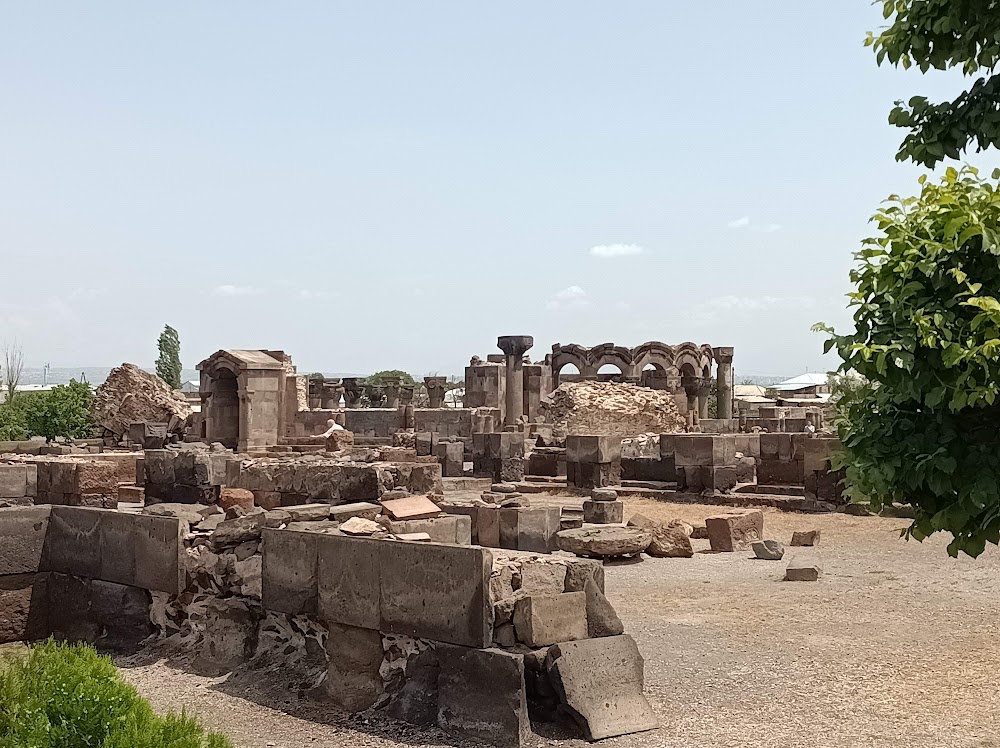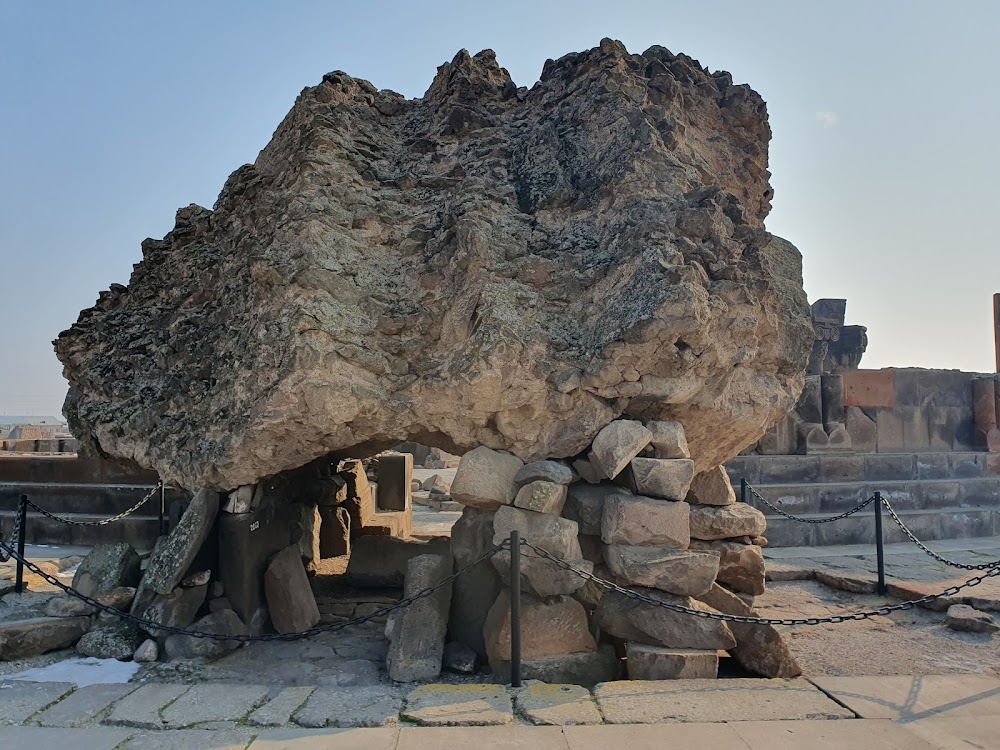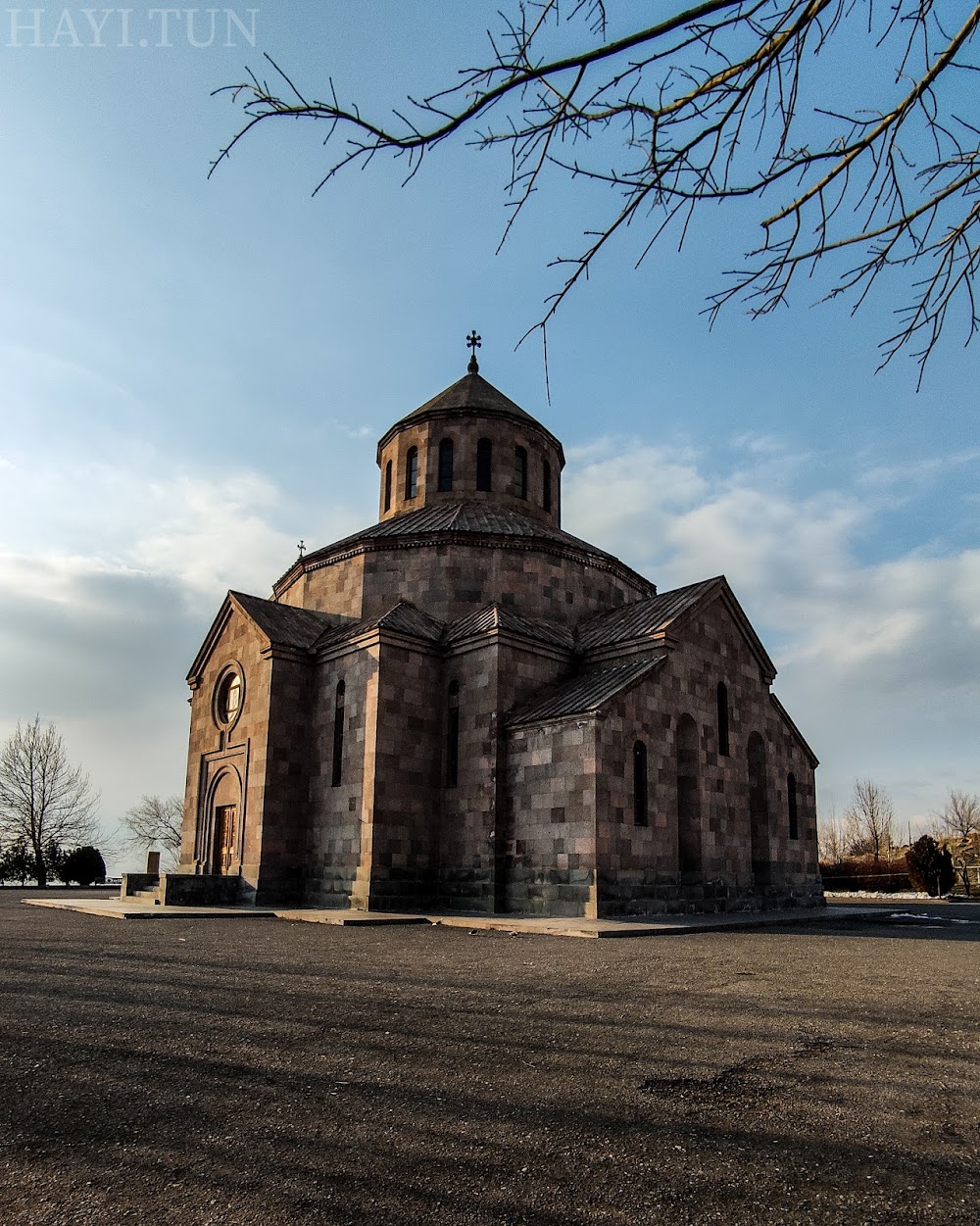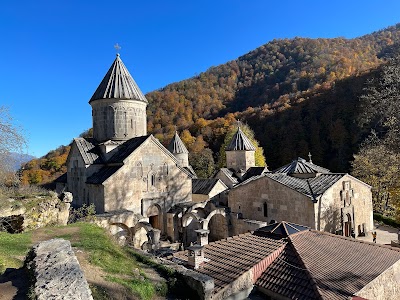Zvartnots Cathedral (Զվարթնոցի տաճար)
Overview
Nestled in the heart of the Armavir Region of Armenia, Zvartnots Cathedral, also known as the Zvartnots Museum-Reservation, is an architectural marvel that encapsulates the engineering ingenuity and artistic vision of medieval Armenia. Constructed in the mid-7th century, this magnificent cathedral served as a richly adorned patrician temple, symbolizing the spiritual and cultural renaissance of its era.
The cathedral's construction was commissioned by Catholicos Nerses III, also revered as Nerses the Builder, between 641 and 652 AD. His ambitious vision aimed to create a grand basilica that would epitomize the glory and sophistication of the Armenian Apostolic Church. Strategically positioned to offer a view of the Holy City of Etchmiadzin, the site was selected for its natural beauty and historical importance.
The primary architect is believed to have been Nerses himself, who collaborated with skilled craftsmen and laborers. Utilizing locally sourced tuff and basalt, they meticulously carved intricate details into the stones, showcasing both Christian motifs and elements of ancient Armenian heritage.
One of the most striking aspects of Zvartnots Cathedral is its innovative design. With a centralized, circular layout topped by a massive dome, the architecture was remarkably advanced for its time. The three-tiered structure featured elegantly carved capitals, soaring arches, and intricate friezes, demonstrating exceptional masonry and artistic craftsmanship.
At its zenith, Zvartnots Cathedral soared to heights of 45-49 meters, dominating the landscape and giving the impression that its dome was reaching for the heavens—aptly reflecting its name, which translates to "celestials."
Despite its grandeur, the cathedral's glory was tragically short-lived. A devastating earthquake in the 10th century led to its ruin, and for centuries, it lay shrouded in obscurity. It wasn't until the early 20th century that the site's significance was rediscovered.
The first archaeological excavations, conducted between 1900 and 1907 by architect Toros Toramanian, revealed the cathedral's historical and artistic importance. Toramanian meticulously documented the remnants and theorized about much of the original structure. Subsequent excavations throughout the 20th century unearthed more details, unveiling Zvartnots not only as a religious site but also as a vibrant socio-cultural hub of its time.
Today, Zvartnots Cathedral is preserved as a museum-reservation. Visitors can stroll among the ruins, which still boast exquisite carvings and remnants of the grand pillars that once held the dome aloft. Informative plaques and guided tours offer valuable insights into the rich history and architectural innovations of the ancient builders.
The museum space further enhances the experience, showcasing artifacts recovered during excavations, including intricately decorated stones, pottery, and early Christian relics. This compelling narrative of Zvartnots connects visitors with the broader history of Armenia, highlighting the nation’s resilience and creative spirit.
Despite its ruined state, the legacy of Zvartnots Cathedral continues to inspire. Its visionary design influenced subsequent Armenian church architecture and stands as a testament to medieval ingenuity. Today, the museum-reservation remains a cherished cultural and historical landmark, attracting scholars and tourists alike to explore the enigmatic charm of this ancient wonder.


